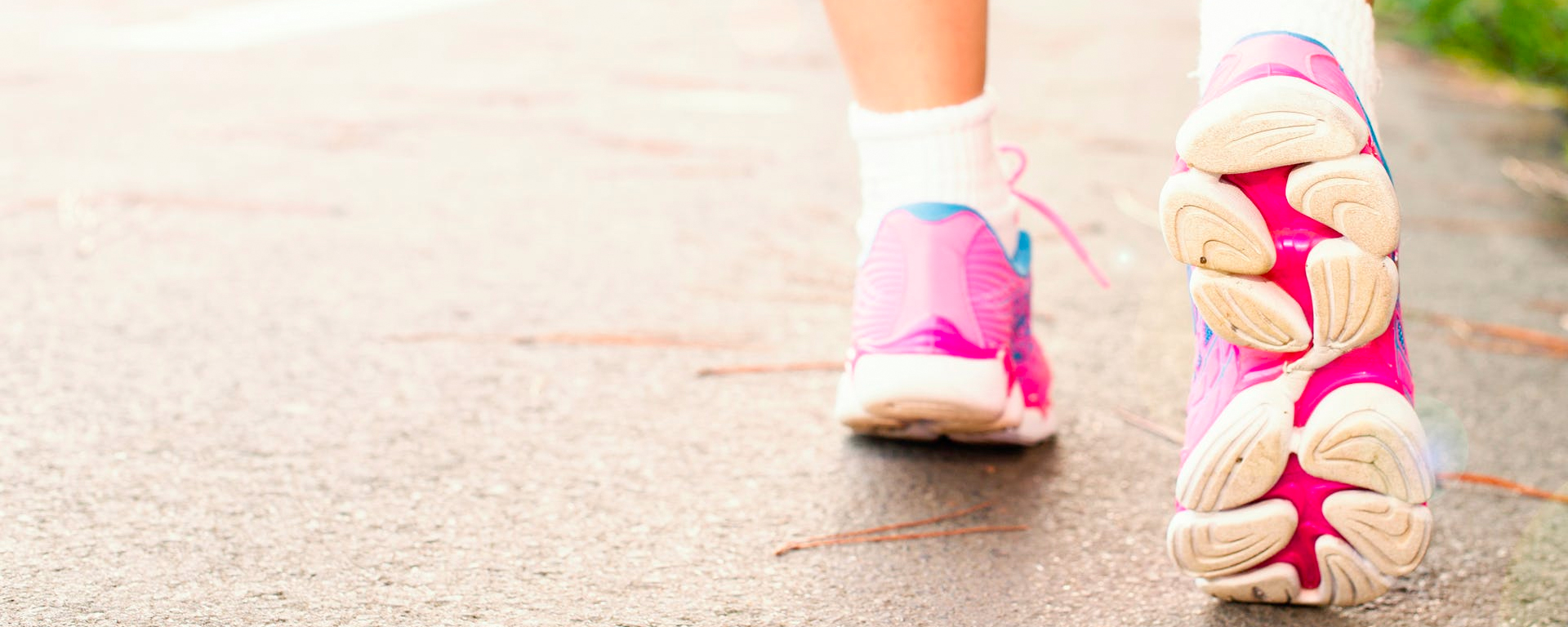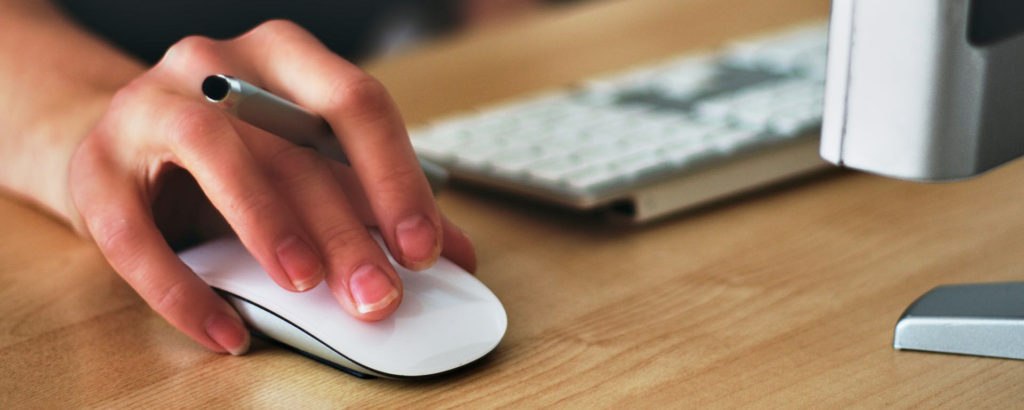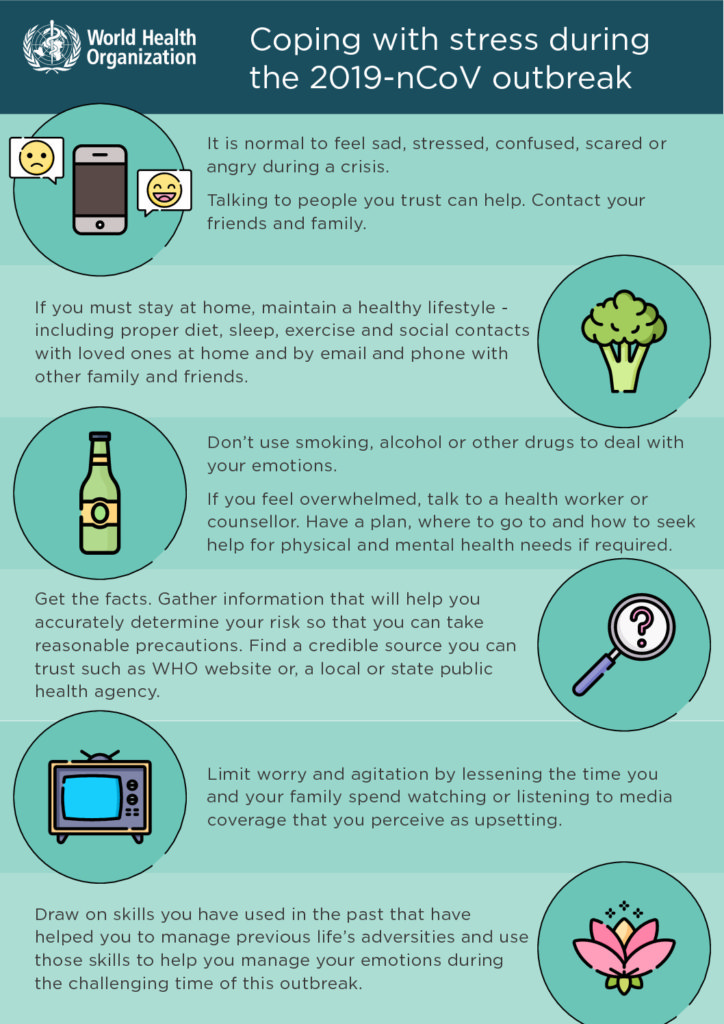
Walking – it’s the simplest thing you can do to get a workout in.
Even 15 minutes a day can start you on the path to an activity habit, keep in mind that movement is improvement! Walking is the easiest choice when the weather is agreeable but don’t let a little rain or light snow keep you indoors.
When to Walk
It’s easier to get into the habit of exercising if you choose a specific time daily. If you are a morning person, the best time for you to exercise might be before you go to work or after the kids are off to school.
Not a morning person? A walk during your lunch break will work up an appetite and aid digestion.
Alternatively, if the evening is the best time for you, schedule your walk after dinner and when evening chores are done.
The important thing is to decide on the best time for you and try not to allow other events to get in the way.
Here are some tips to get the most from walking:
1. Dress properly
In mild weather, wear several light layers so that you can remove a layer as your body warms up from the activity.
If it’s a chilly day, bring gloves and a hat. You want to be comfortable and enjoy your walk.
2. Wear supportive shoes
Thin-soled, untied or loose-fitting shoes may result in a twisted ankle or sore arches – not the benefit you are looking for!
Wear footwear that is appropriate for the weather. Your walk will not be enjoyable with cold or wet feet.
3. Bring a bottle of water
It’s surprising how quickly you may become thirsty, even during a short walk.
4. Walk at a comfortable, brisk pace
The quicker the walk, the greater the benefits.
A companion is a good idea. Ask your partner, a friend or one of your children to come along with you.
5. Keep moving
Get your arms moving while you walk. Swing them gently front to back. As an added bonus, it will limber up your shoulder joints and muscles.
View your walk as an enjoyable break during the day – a time when there are no chores to do or deadlines to meet. Breathe deeply. Look up at the sky, the trees and the rooftops. Smile. Life gets better when you fit in a walk!
If you’re experiencing pain, consult a health care professional to assess your specific needs and identify a course of action that’s right for you. Canadian chiropractors are committed to helping Canadian’s get more physically active. A chiropractor can evaluate your strength and flexibility, and screen for anything that may limit your physical activities. Ask your chiropractor for an evaluation!


























